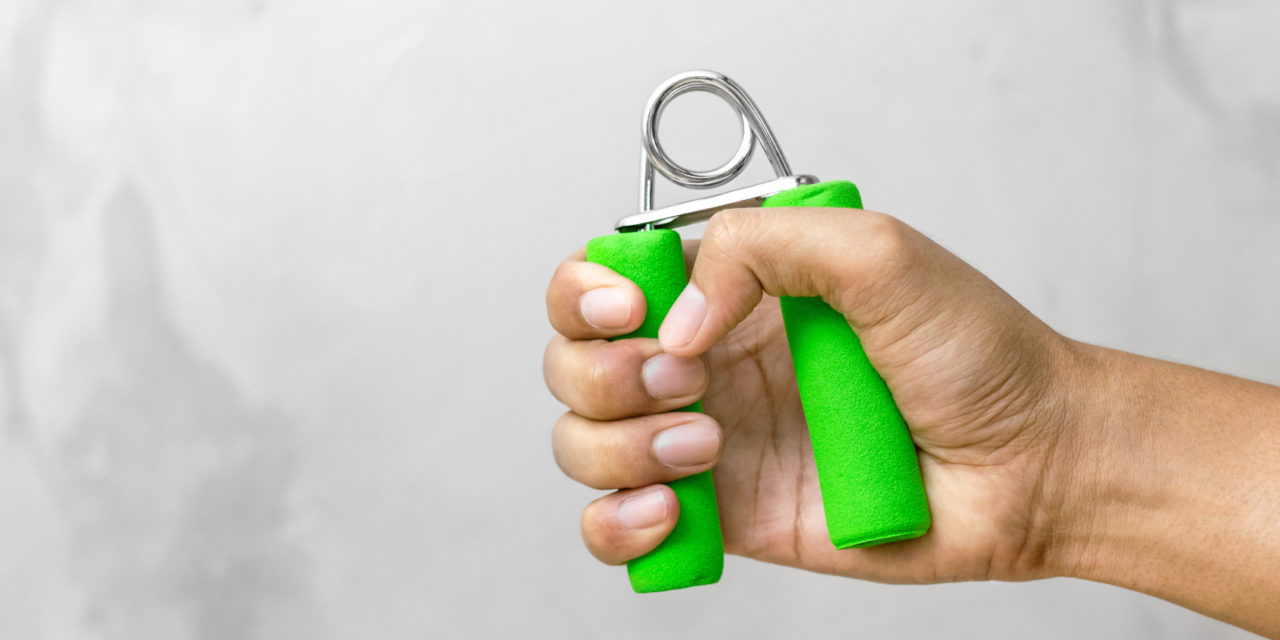I found it remarkably interesting to read that a powerful grip has been seen to correlate to the longevity of life. But the more you think about it, the more it makes sense!
In a study reported in The Lancet, researchers collected 142,000 grip strength measurements in 17 countries to test ongoing disease and discovered significant results. The study suggests that, for each 11-pound decrease in grip strength, there is a 16% higher risk of death from any cause. Such causes might be cancer, cardiovascular disease and many other causes.
Another study, by the UK Biobank, found ‘.. that lower grip strength was strongly associated with a wide range of adverse health outcomes.’ The UK Biobank study also included that ‘The associations observed were consistent between sexes and remained robust after adjustment for deprivation, ethnicity, and several other health, lifestyle, and dietary factors.’
So, whether male or female, it appears that grip strength is an important measure for long term health – but this must be tempered with the fact that the grip strength needs to be a side result of a healthy lifestyle and not the goal of a workout.
Strengthening only your grip won’t help you with the longevity of life. It is much more likely that the correlation between good grip strength and a longer lifespan is a result of overall muscle strength which is improving fitness and health.
If you strength train regularly, your body will be stronger and you’ll have greater muscle strength. If your body is strong your hand grip will likely be strong.
Regular training doesn’t just help reduce the risk of many diseases, it also helps to reduce physical injury from balance issues or from lifting heavy objects in our day to day lives.
What type of training can help with muscle and grip strength?
Firstly – the type of exercise you do shouldn’t be influenced by your gender. A lot of the exercises you typically see men doing are great for women too!
Take deadlifts as an example. Yes, that typical weightlifting exercise where a barbell with weights on each end is lifted from the floor with bended knees and straight arms up to where the body is standing straight.
You would assume that the main point of the exercise is to work the hamstrings and the quads but think about what is keeping the bar in place – your hands. So you’re improving muscle mass and improving your grip strength.
What about barbell squats?
Each time you take part in the exercise of the squat with a bar across your shoulders with weights on each end you will have lifted the bar onto the rack with your hands, you will have lifted the weights onto the bar.
Your hands and therefore your grip is being worked as much as any other part of the body, in fact more, because the hands are involved at more stages of the exercise – the preparation, often the exercise, and the clearing up!
So it seems that grip strength is a great measure – but you need to take part in training such as those listed above to actually improve your grip strength. The correlation makes perfect sense to me. Training has multiple benefits to your body and will help you to live a fuller and healthier life in all stages of your life.
Gyms can usually test your grip strength so go along and find out yours before you start to increase your strength training. Having a benchmark that you can see improve is a good way to stay motivated alongside feeling great!
References
https://www.bmj.com/content/361/bmj.k1651
https://www.thelancet.com/journals/lancet/article/PIIS0140-6736(14)62000-6/fulltext










